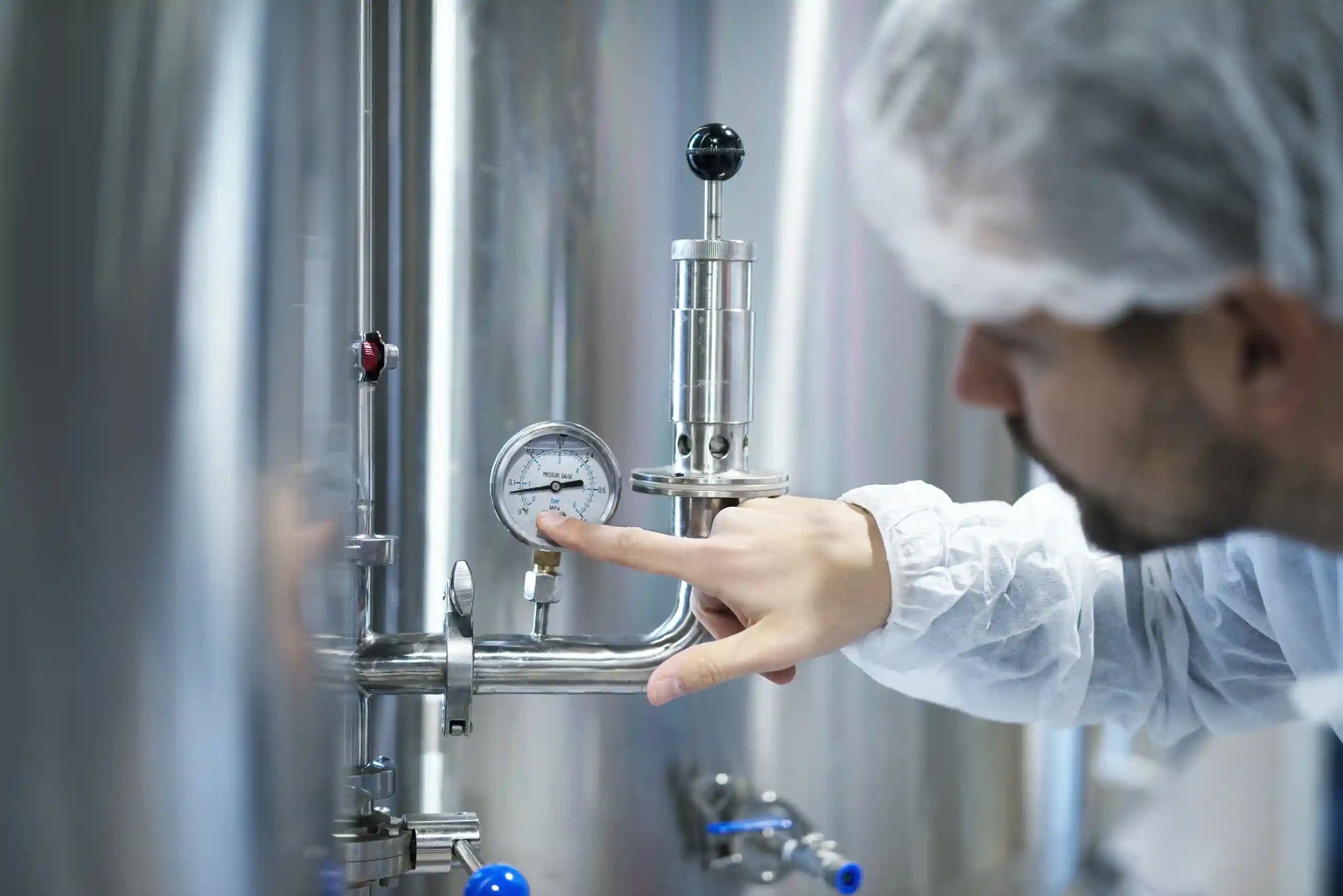Understanding Pressure Ratings for Pipe Fittings

Pressure ratings play a crucial role in the selection and application of pipe fittings, ensuring that they can withstand the required operating conditions. Whether used in industrial, commercial, or residential piping systems, understanding pressure ratings is essential for safety, efficiency, and longevity. As a leading pipe fittings supplier in Saudi Arabia, NWH provides high-quality fittings that comply with industry standards, ensuring reliable performance across various applications.
What Are Pressure Ratings?
Pressure ratings indicate the maximum amount of pressure a pipe fitting can handle under specific temperature conditions. These ratings are typically measured in pounds per square inch (PSI) or bars and are determined based on material strength, wall thickness, and design factors.
The pressure rating of a fitting should always align with the pressure requirements of the overall piping system to prevent failures, leaks, or damage. Selecting the wrong rating can result in hazardous conditions and costly repairs.
Factors Affecting Pressure Ratings
Several factors influence the pressure ratings of pipe fittings, including:
- Material Composition – Different materials have varying strengths and pressure tolerances. For example:
- Carbon steel and stainless steel fittings offer higher pressure resistance.
- Plastic or PVC fittings typically have lower pressure ratings.
- Temperature Conditions – Pressure ratings decrease as temperature increases. Always check the temperature-pressure chart for your specific material.
- Wall Thickness – Thicker-walled fittings can withstand higher pressures compared to thinner-walled ones.
- Design and Manufacturing Standards – Pipe fittings are manufactured according to standards such as ASME, ASTM, and API, which determine their pressure ratings.
- End Connections – Threaded, welded, and flanged fittings have different pressure-handling capabilities, impacting the overall rating.
Common Pressure Ratings for Pipe Fittings
Pressure ratings vary depending on the fitting material and manufacturing standards. Some common ratings include:
- Class 150, 300, 600, 900, 1500, and 2500 (ASME B16.5 standards for flanges and fittings)
- Schedule 40, 80, 160, and XXS (Thickness classifications for steel pipes and fittings)
- Pressure ratings based on API 6A for oil and gas applications
As a steel pipes supplier, NWH ensures that all fittings conform to these standards, offering reliability for high-pressure applications.
Selecting the Right Pressure Rating for Your Application
Choosing the correct pressure rating is essential for safe and efficient piping systems. Here’s how to determine the appropriate rating:
- Assess the Maximum Operating Pressure – Identify the highest pressure the system will experience.
- Consider Temperature Variations – Ensure the fitting’s pressure rating is suitable for temperature fluctuations.
- Check Material Compatibility – Use materials that can withstand environmental conditions, chemicals, and mechanical stress.
- Follow Industry Standards – Always select fittings that comply with ASME, ASTM, and API standards.
- Consult with Experts – Working with a reputable pipe supplier in Saudi Arabia like NWH can help ensure you get the right fittings for your specific needs.
The Importance of Pressure Ratings in Industrial Applications
Industries such as oil & gas, petrochemicals, and power plants rely heavily on high-pressure pipelines. Using correctly rated fittings is crucial for:
- Preventing System Failures – Ensures pipes do not burst or leak under high pressure.
- Enhancing Safety – Reduces the risk of hazardous leaks and accidents.
- Maximizing Equipment Lifespan – Prevents premature wear and tear on piping systems.
- Ensuring Regulatory Compliance – Many industries have strict regulations regarding pressure ratings.
Conclusion
Understanding pressure ratings for pipe fittings is essential for designing and maintaining safe, efficient, and long-lasting piping systems. By considering factors such as material strength, temperature effects, and industry standards, businesses can prevent costly failures and ensure system integrity. As a trusted pipe fittings supplier in Saudi Arabia, NWH provides high-quality, pressure-rated fittings for diverse industrial applications. Whether you need durable fittings for high-pressure systems or guidance on selecting the right components, NWH is your go-to pipe supplier in Saudi Arabia for all your piping needs.
For expert advice and top-quality products, contact NWH today!



